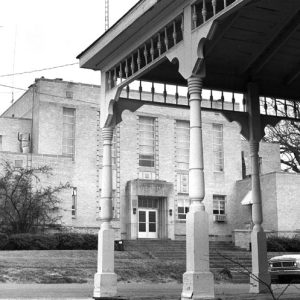 Lafayette County Courthouse
Lafayette County Courthouse
Entry Category: Local - Starting with L
 Lafayette County Courthouse
Lafayette County Courthouse
Lafferty, John
 John Lafferty Bio
John Lafferty Bio
Laman, William Fewell “Casey”
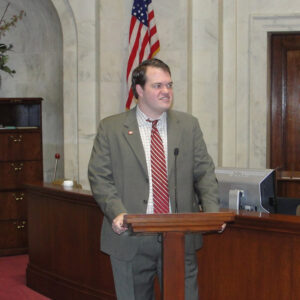 Michael Lamoureux
Michael Lamoureux
Lampkin, Sheilla Joyce Ezelle
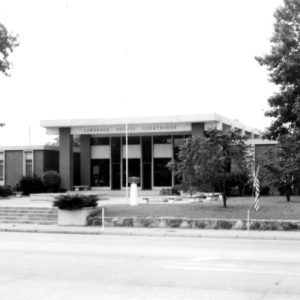 Lawrence County Courthouse
Lawrence County Courthouse
Ledbetter, Calvin Reville (Cal), Jr.
 Lee County Courthouse
Lee County Courthouse
Levine, Sam M.
 Lincoln County Courthouse
Lincoln County Courthouse
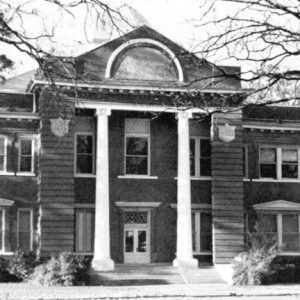 Little River County Courthouse
Little River County Courthouse
Little Rock City Hall
 Little Rock Railway and Electric Co.
Little Rock Railway and Electric Co.
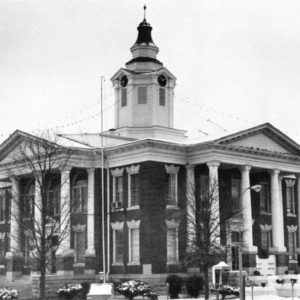 Logan County Courthouse
Logan County Courthouse
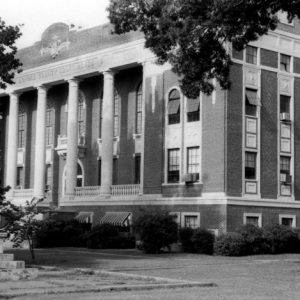 Lonoke County Courthouse
Lonoke County Courthouse
Lucas, John Gray
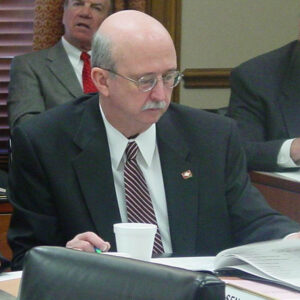 Jim Luker
Jim Luker
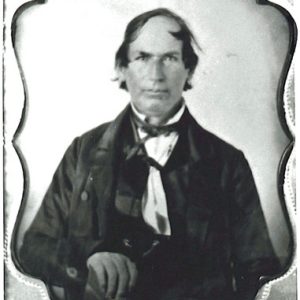 Aaron Lyon
Aaron Lyon




